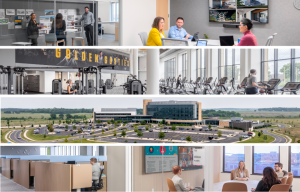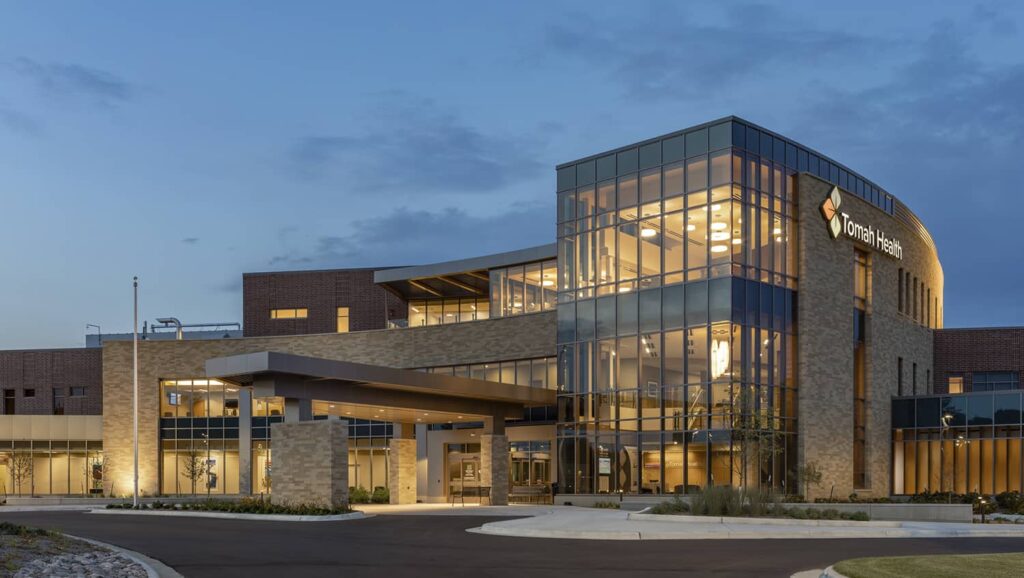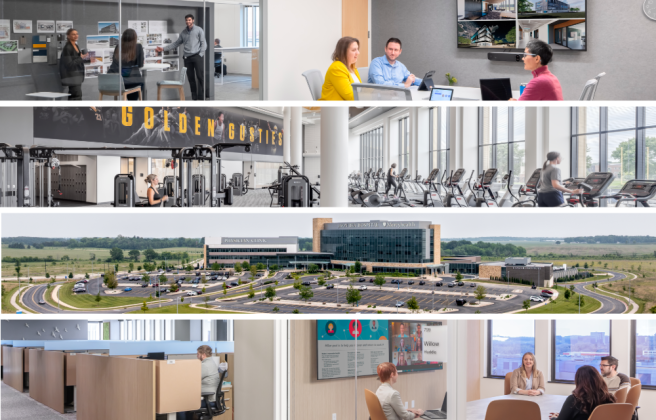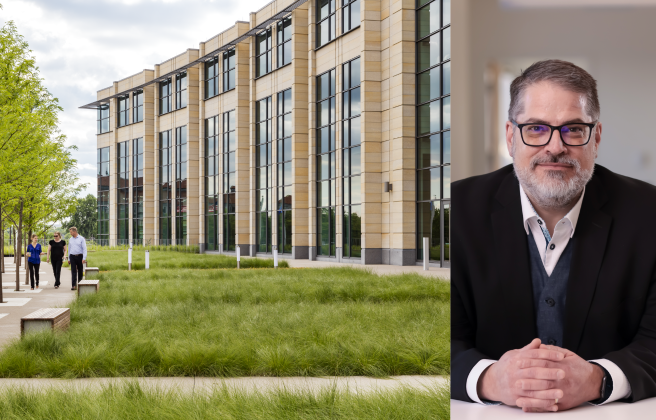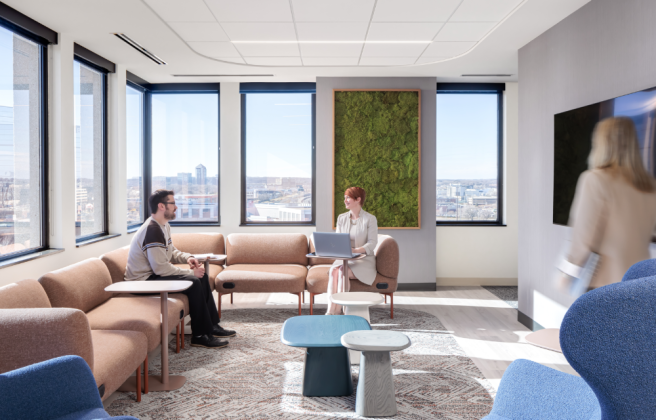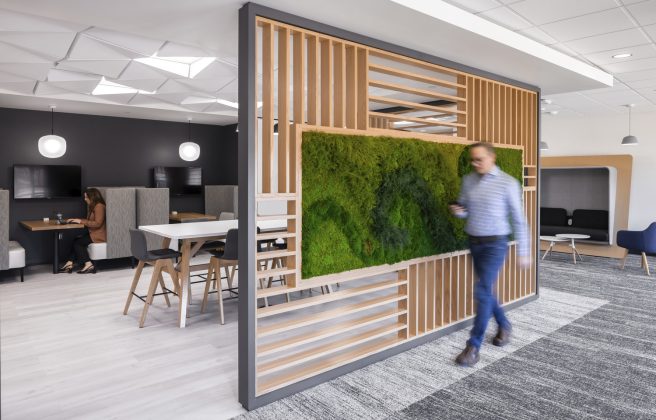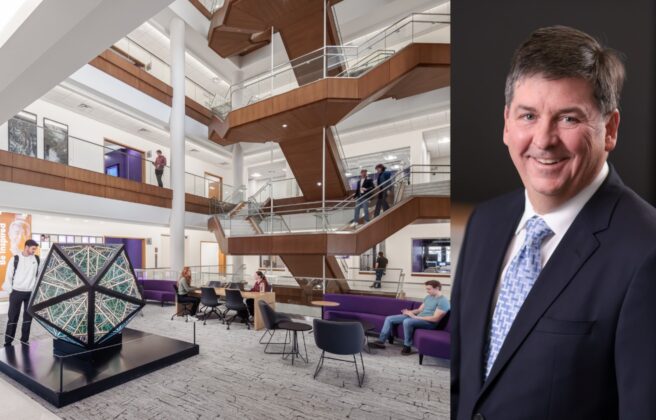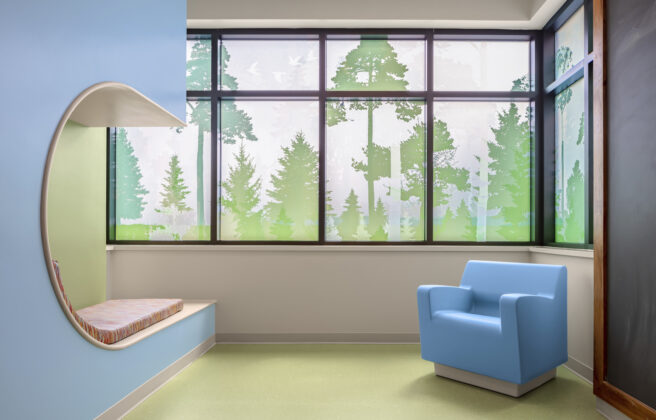When it comes to Critical Access Hospital projects, two themes reign supreme: affordability and strategic thinking. Working on these projects means getting creative in figuring out how to fine-tune design for a community’s unique needs, maintaining the highest standards of planning and execution while balancing tight budgets. It’s not simply about creating a building — it’s about creating a space for high-quality, customized care.
In this episode, we delve into the unique challenges faced by Critical Access Hospitals, particularly in their quest for funding. Joining us for this conversation are Nick Smith, Principal at Wipfli, and Brad Krump, Healthcare Principal at BWBR. Together, they shed light on the nuances of financing major renovations or replacements for these rural healthcare institutions.
Nick has over two decades of experience helping Critical Access Hospitals plan and finance projects at Wipfli, a top 20 accounting, CPA, and consulting firm. One of his first projects as a healthcare consultant involved working alongside BWBR on a large replacement hospital planning project, beginning a longstanding partnership. Brad was born and raised in a small town in North Dakota and witnessed firsthand the importance of local community hospitals in rural areas. During his tenure at BWBR, he has relished the opportunity to work on several USDA-funded projects for Critical Access clients.
While Nick and Brad come at the challenge from different specialty areas, they share a common mission to facilitate access to care in underserved communities.
UNDERSTANDING THE LANDSCAPE
For many Critical Access facilities, the opportunity to take on a major project comes once in a lifetime, raising the stakes even further to provide strategic solutions that set a hospital up for success for generations to come. “Oftentimes, we’re shoehorned into an existing facility that could have been built 50 to 60 years ago for a different time and healthcare ecosystem. So, it’s really a chance to rethink that, but to do so practically and affordably,” says Nick.
These facilities must be designed to accommodate the evolving needs of a community. Who needs access? What type of care do they need? What services are most critical? Who will be working there? What environmental considerations need to be taken into account? This is not a one-size-fits-all operation so it’s essential to understand and keep pace with the overall critical care landscape and the community context for each project.
BIG CHALLENGES, BIG PRICE TAGS
All this specification comes at a price. Drawing from 27 years at BWBR, Brad underscores the challenge of escalating construction costs. “Five years ago, construction costs for replacement facilities were in the $300 to $400 per square foot range in the Upper Midwest region. In today’s world, we’re pushing $600+,” explains Brad. And doubled budgets can’t mean a halfway effort.
Fortunately, there are various funding avenues available for Critical Access Hospitals, including USDA loans, HUD financing, traditional financing, grants, and philanthropy. The USDA has been a significant funding source for BWBR clients’ hospital replacement financing, with 10 projects completed and another four in process. “The USDA Community Facilities Program offers direct loans, loan guarantees, and grants tailored for rural facilities,” Nick elaborates, emphasizing the program’s favorable financing terms. However, he also notes the detailed application process and strict qualifications required for USDA funding. The process can be long, so it’s important to…
…PLAN, PLAN, PLAN!
“Integration of financial planning with the design process is crucial,” Brad says. Financial feasibility must be aligned with strategic planning and facility design. That’s particularly important due to the high project costs and the laborious, often extended financing process.
Nick adds, “Starting consultations early in the planning phase is pivotal. It ensures that hospitals build what they need, within budget, without compromising quality or community needs.” That’s why Nick and Wipfli are likely to get involved very early on to meet with stakeholders and make sure that goals, needs, and budgets are clear. This period can span multiple years, from the first conversation to the start of construction, but meticulous planning is critical to making sure the outcome pays off.
Nick and Brad know that the costs of completing and operating a hospital go far beyond facility design and construction. Technology is an increasing portion of expenditures, and while that has the potential for transformative healthcare impact, it can be a tough bill to pay. Nick’s work is deeply embedded in these types of conversations. “When thinking about renovating or rebuilding a hospital, let’s look beyond what we’re doing today,” he says. “Could we be performing surgeries we’re not doing now because of facility constraints?” Ten years ago, he never would have thought that community hospital ORs would be a setting for robotics, or MRI machines within the imaging suite, but that’s where things are going.
OVERCOMING BARRIERS
While the financial realities of a project of this type are significant, so is the potential upside for the community. That’s why funding for Critical Access Hospitals often involves seeking support from the community, explains Nick. Sometimes, that means a tax levy or property tax adjustment. But other times, the tax base isn’t large enough or there are other barriers. In those cases, options might include partnerships with larger health systems or putting the project temporarily on hold in order to strengthen the hospital’s financial position.
There are a lot of stars that need to align properly to make projects like these happen. The intricacies of designing and financing Critical Access Hospitals demand meticulous planning, strategic alignment, and proactive engagement with financial advisors and design specialists. There are many hurdles and steps — but when the outcome is healthier communities with better access to high-quality care, the effort is more than worth it.

